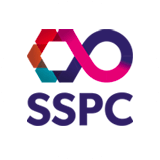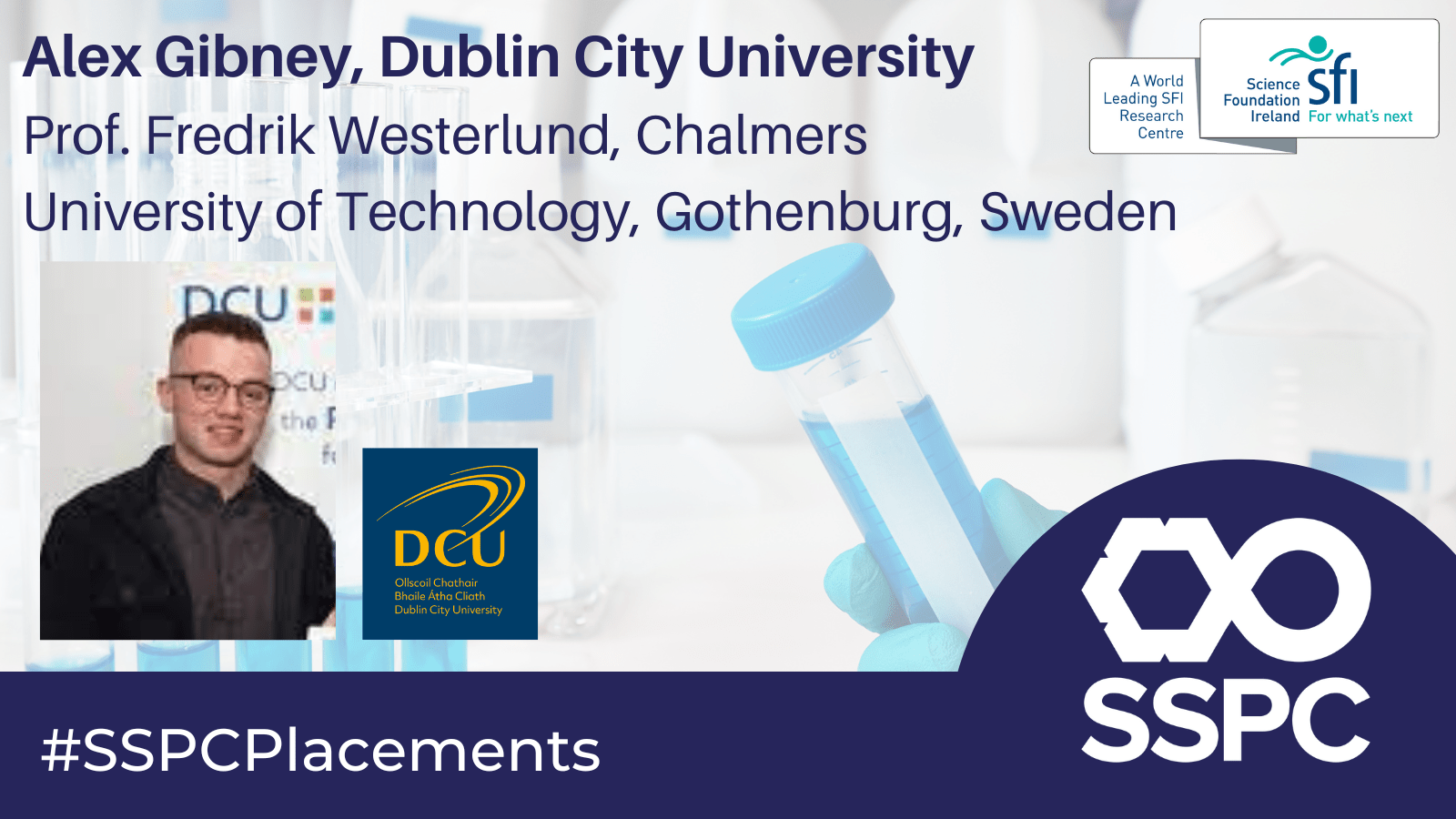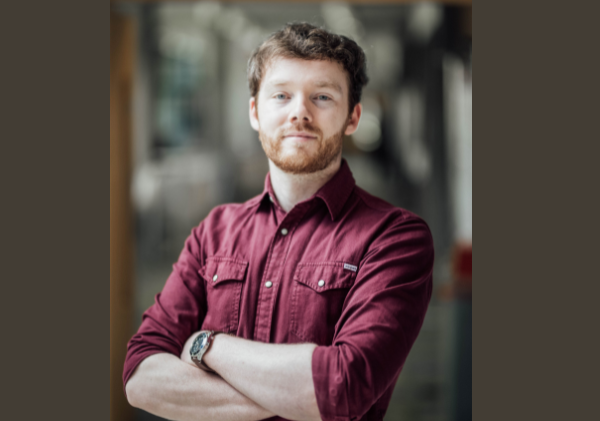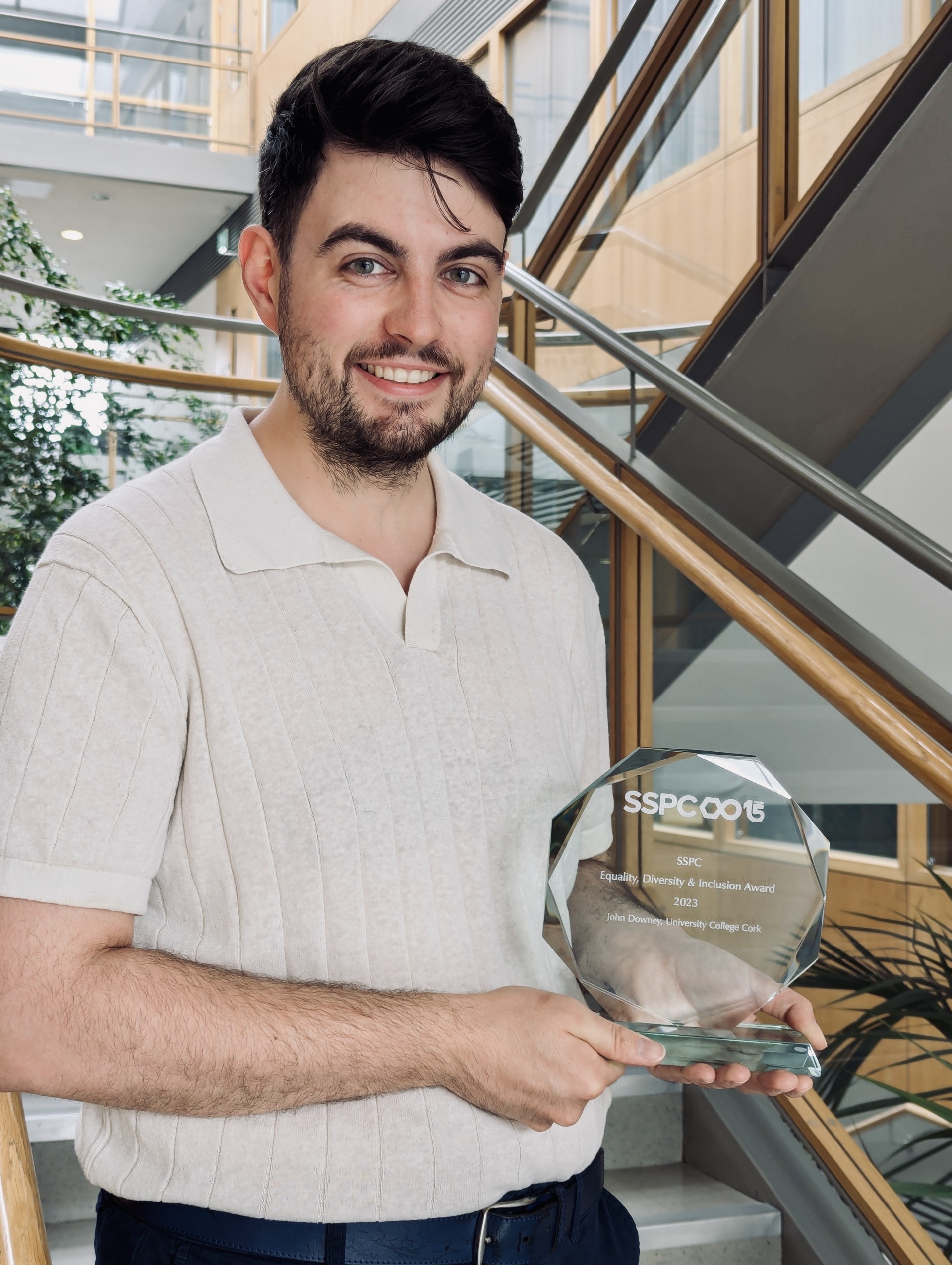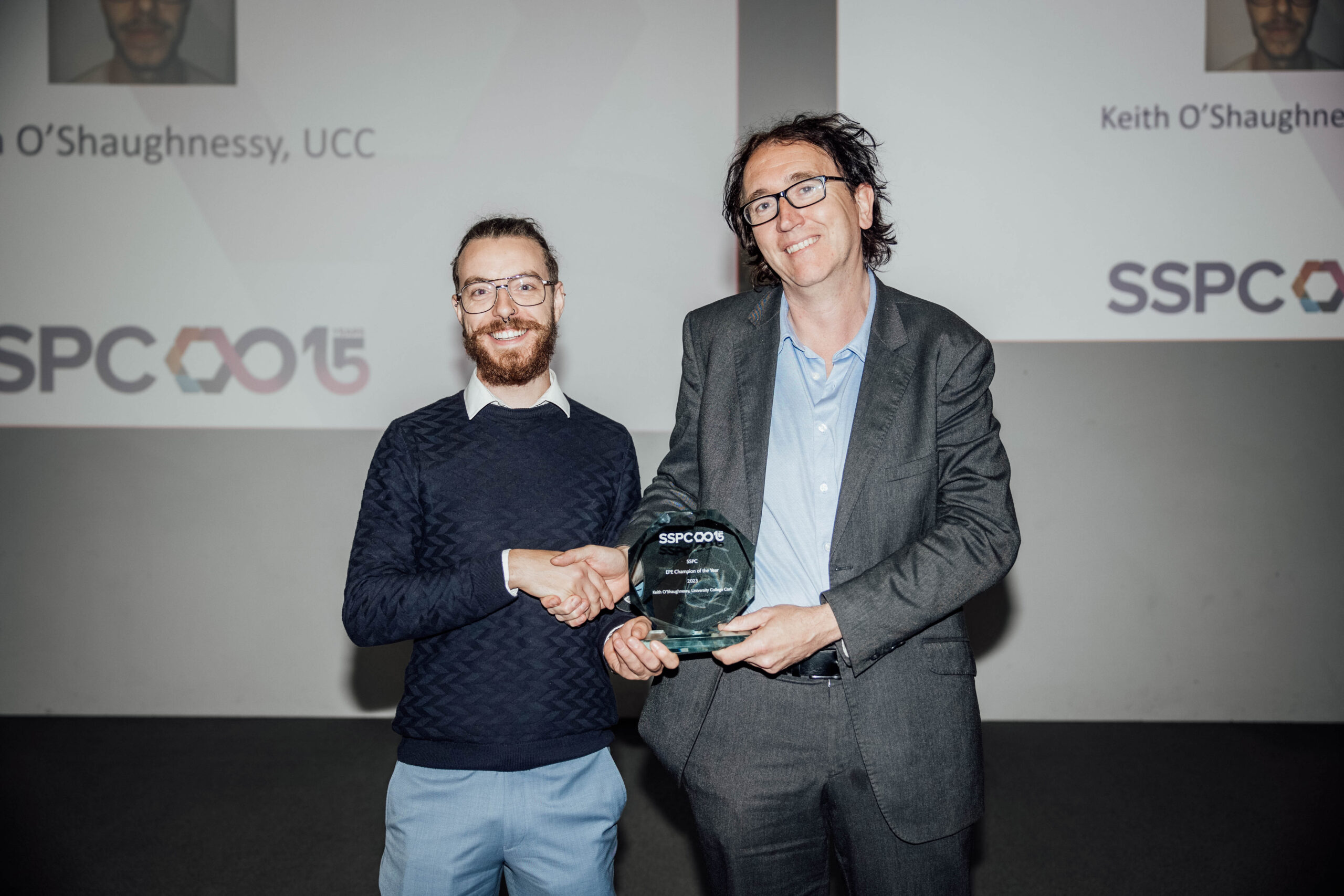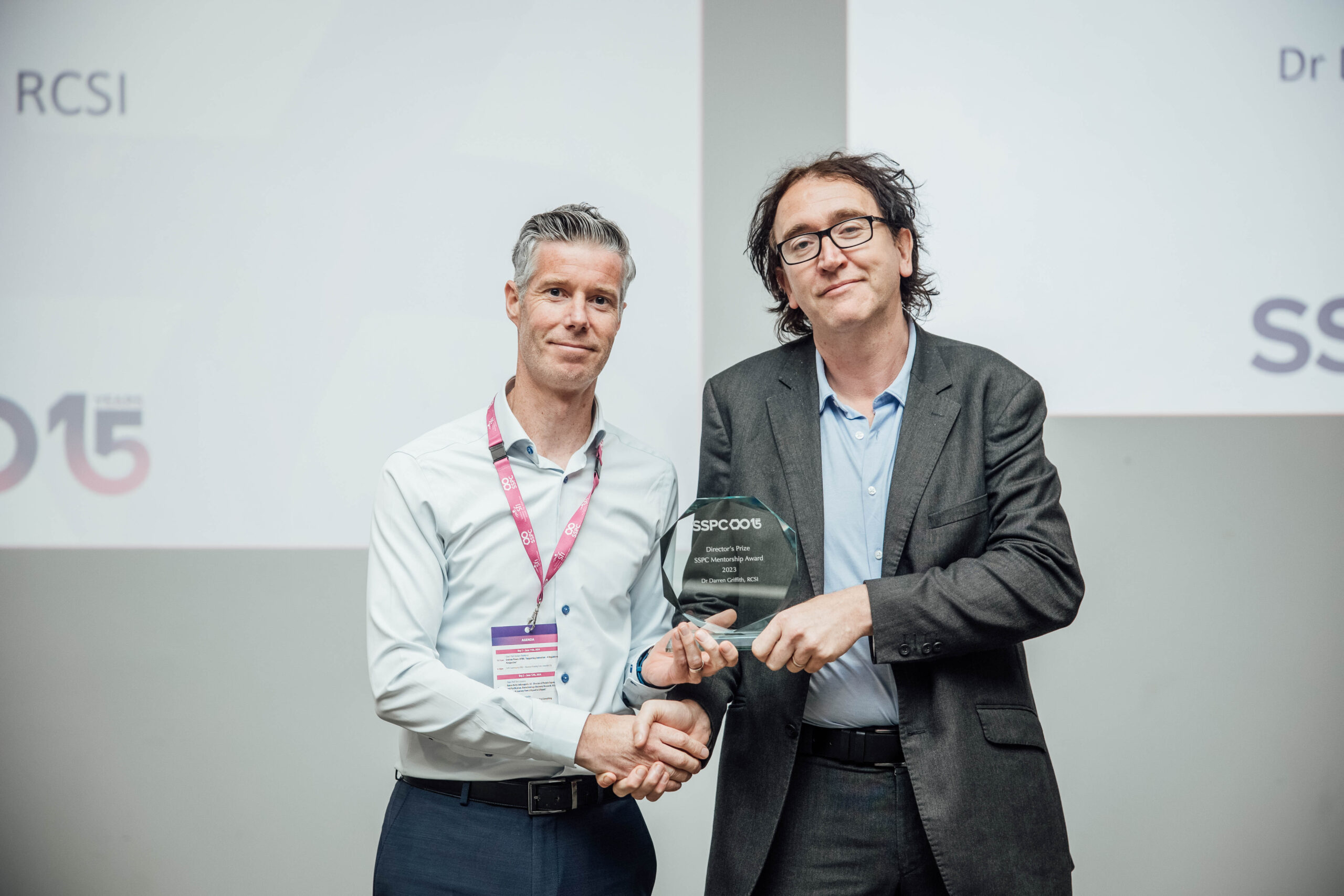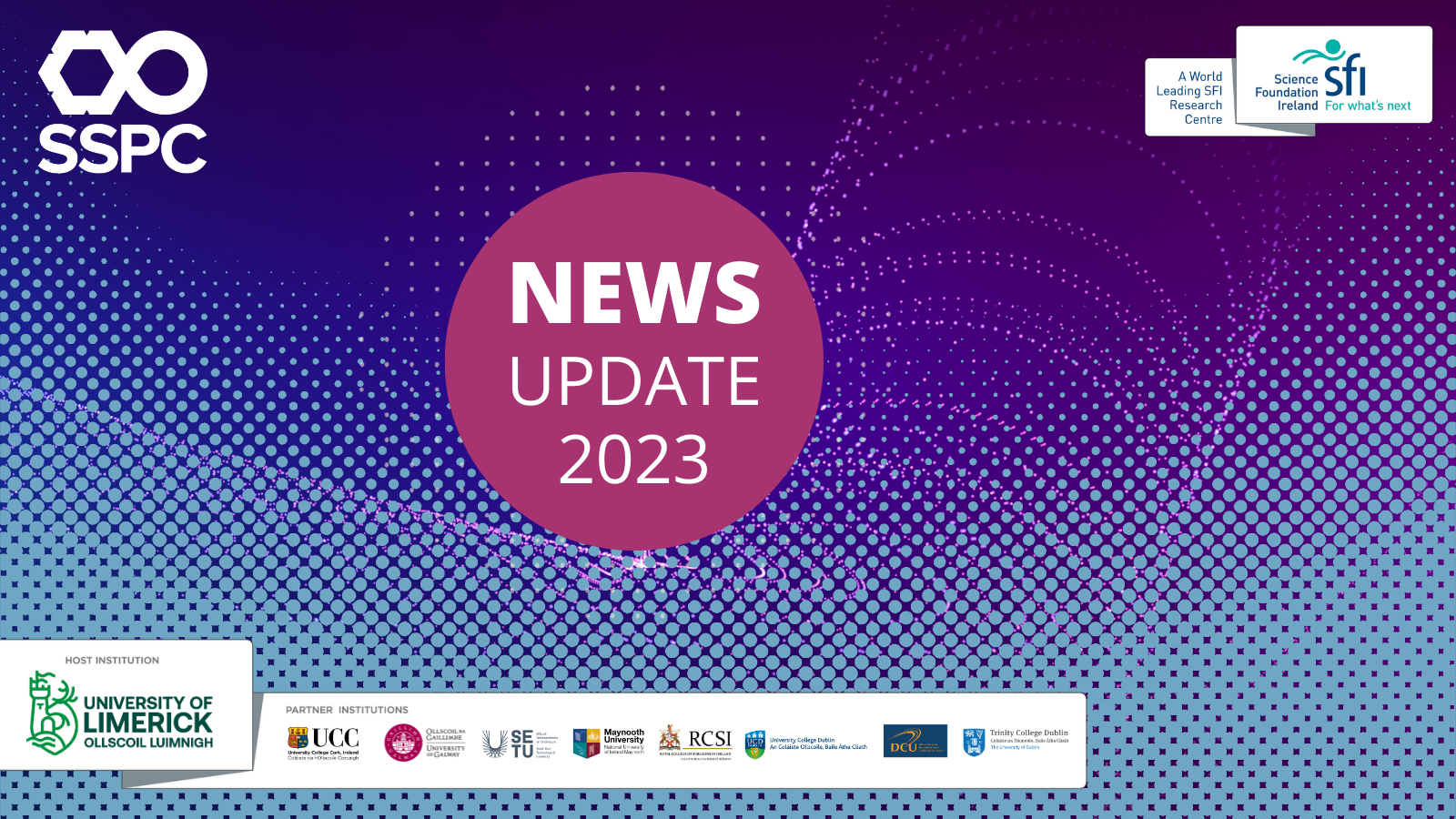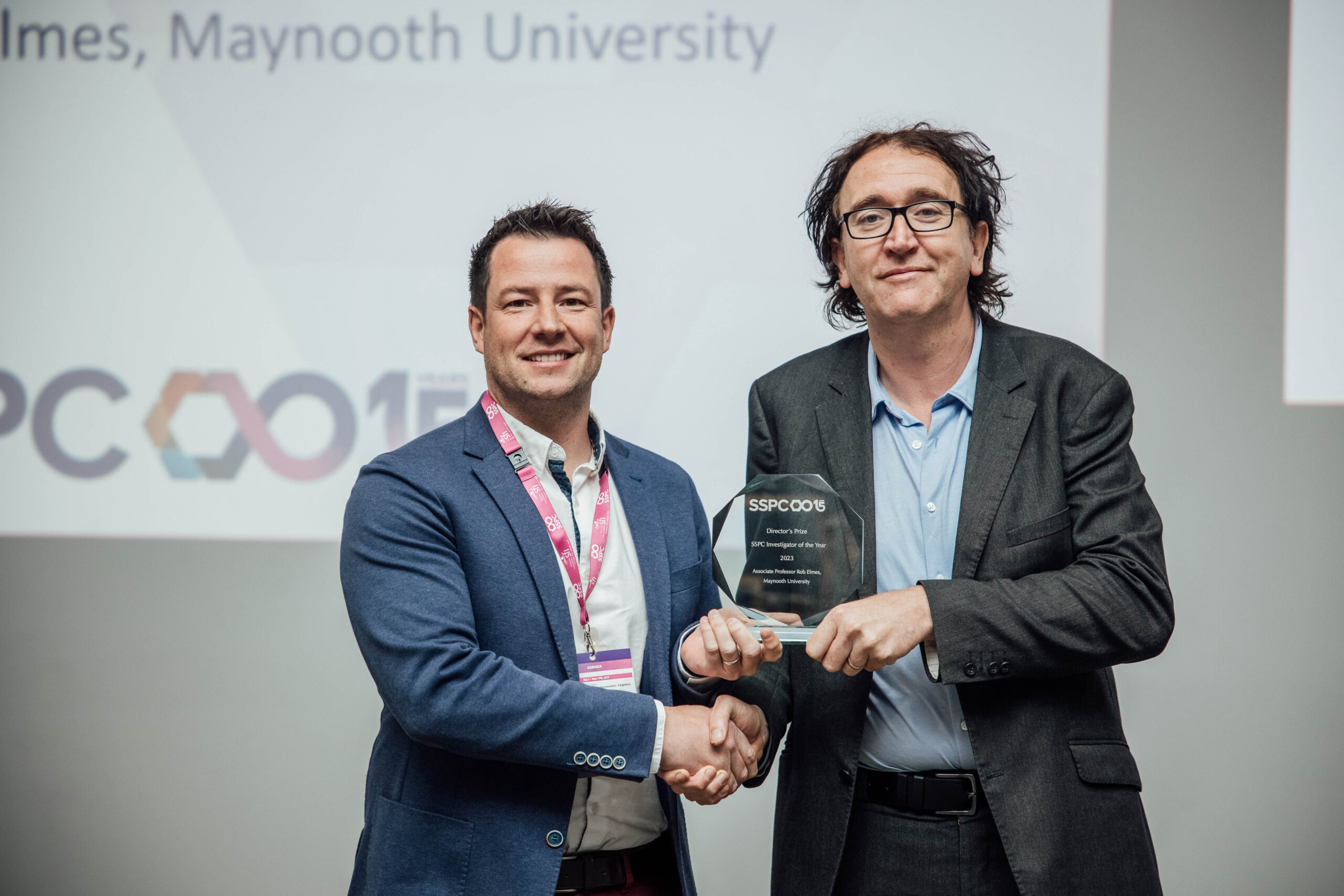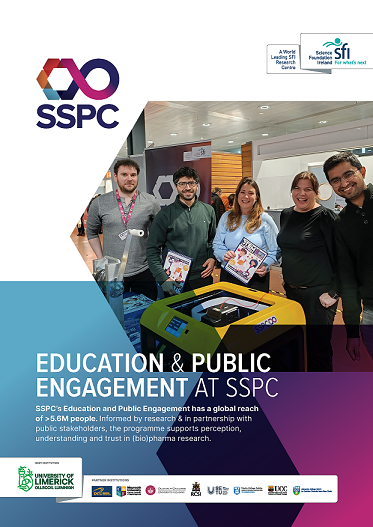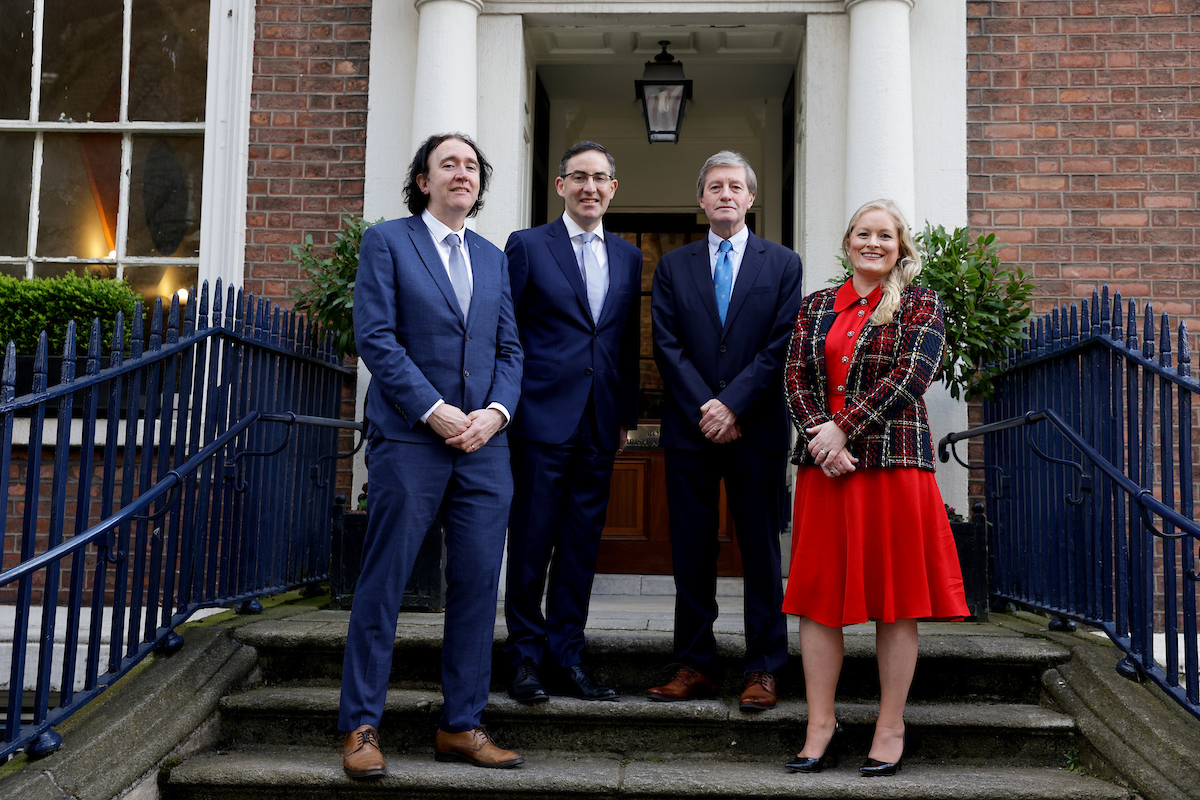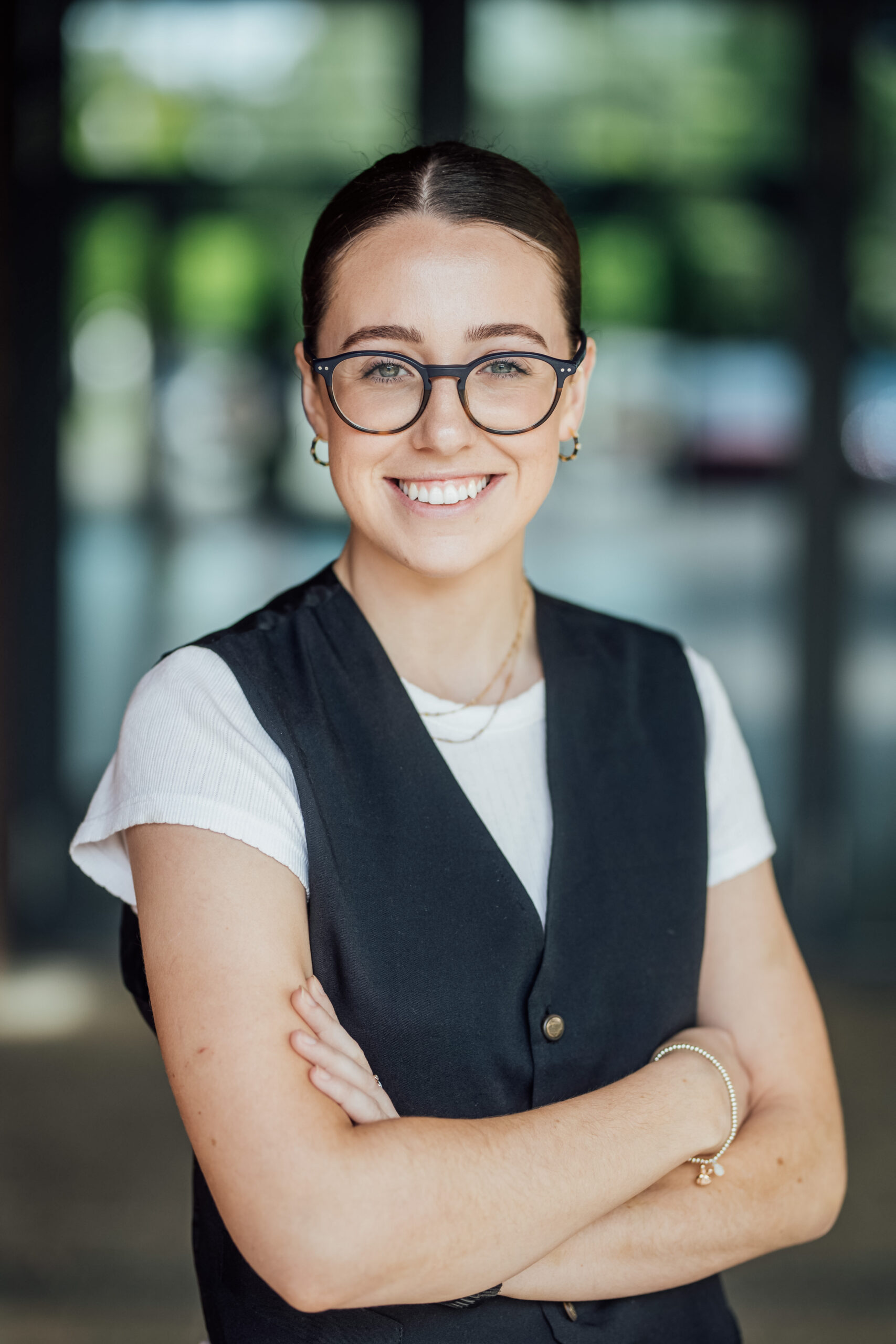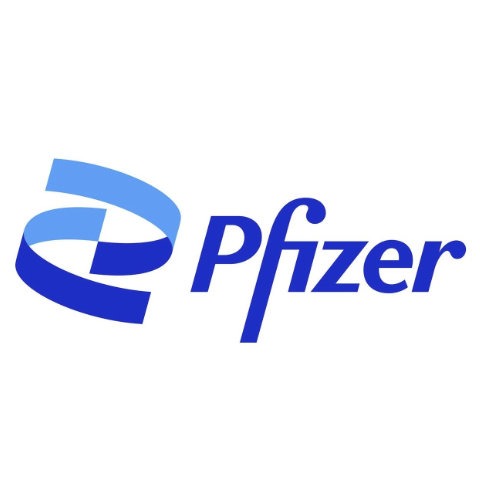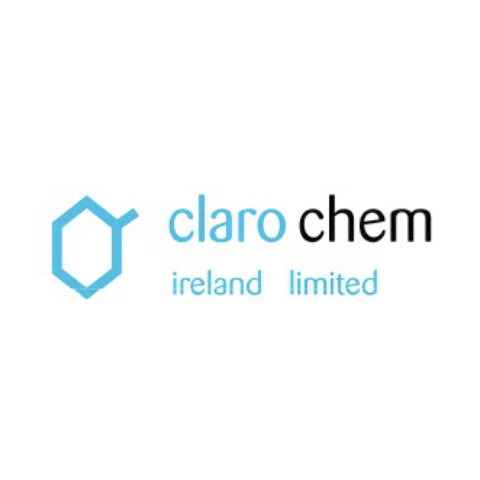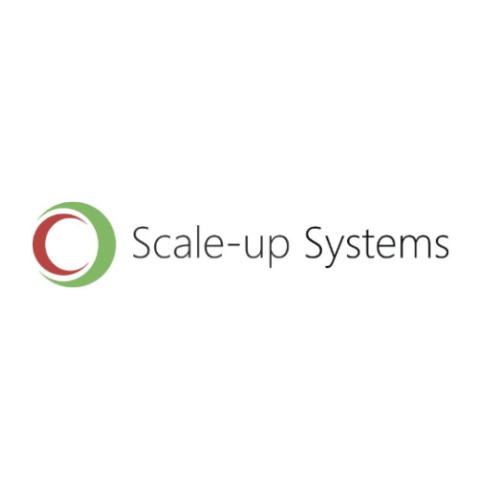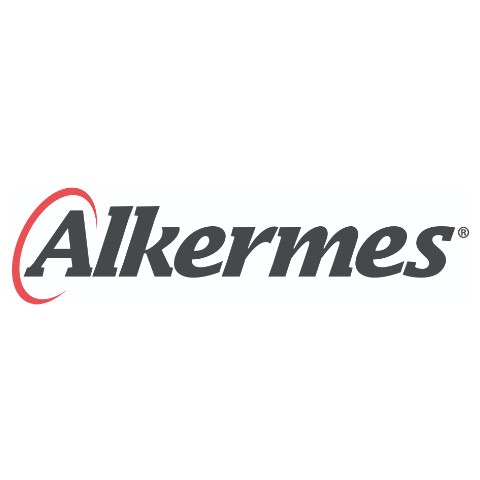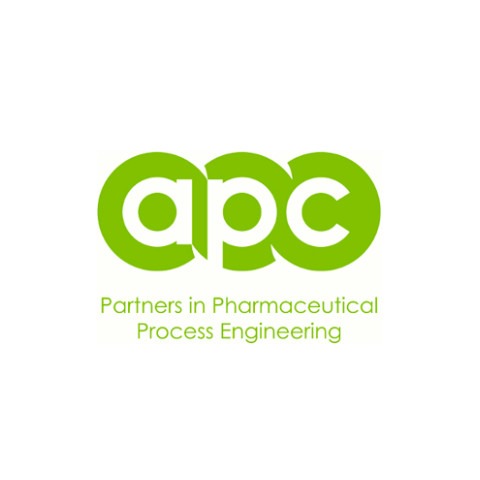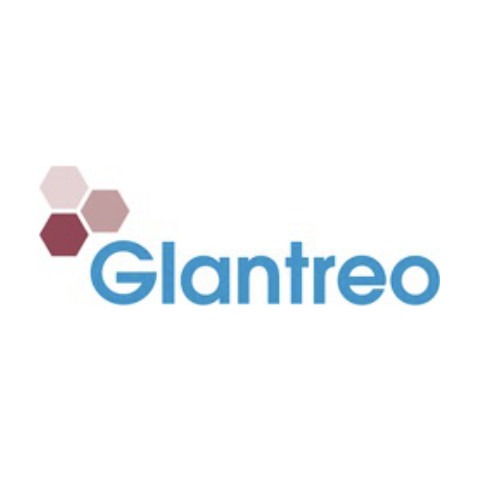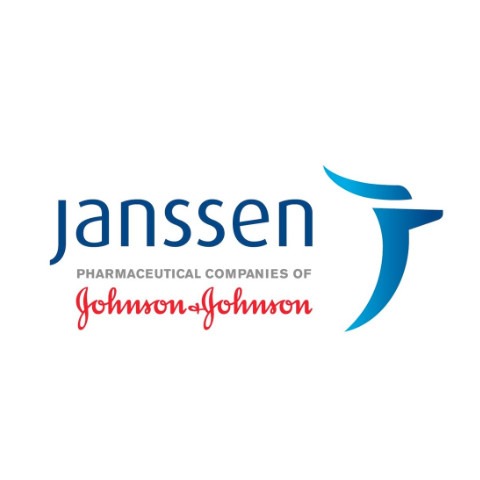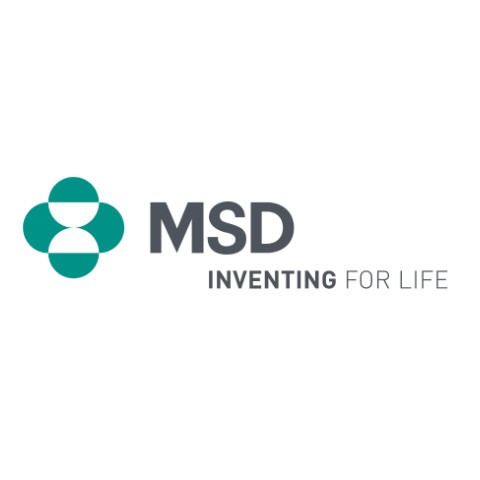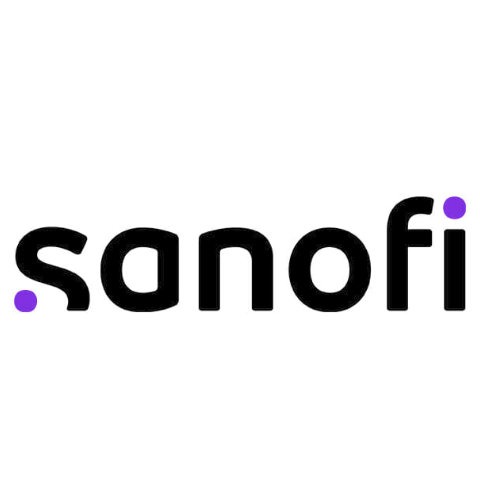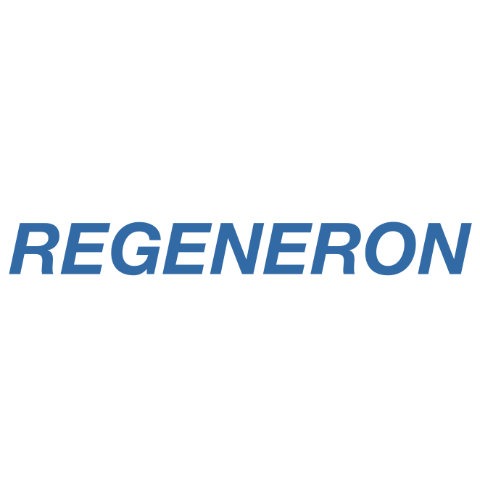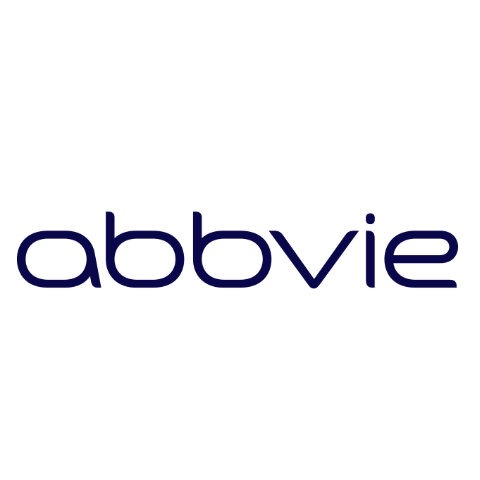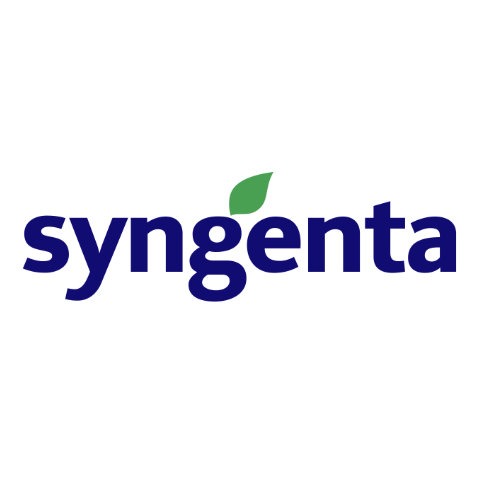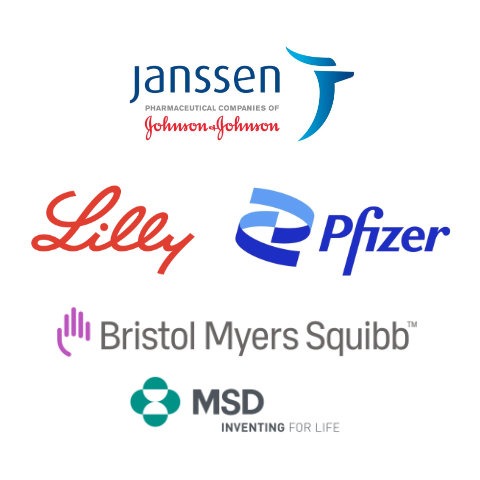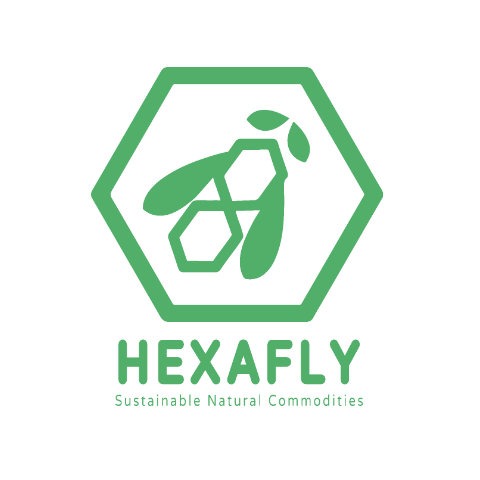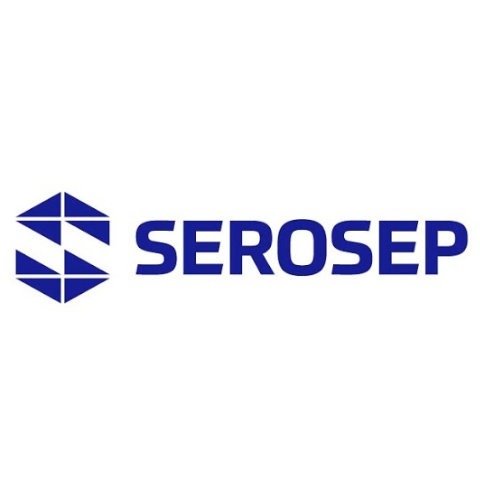Alex Gibney, a PhD researchers at Dublin City University (DCU) went on an international secondment with Prof. Fredrik Westerlund, Chalmers University of Technology, Gothenburg, Sweden this year.
Alex’s background and his research
Cancer is the second leading cause of death worldwide. Historically many successful anticancer agents have been found to target and damage DNA, rendering it unusable for normal cellular function, and limiting the cancerous cell’s ability to survive and replicate. Many of these DNA targeted anticancer agents, like cisplatin or bleomycin contain transition metal atoms in their structure that are essential for anticancer activity. As such we are hoping to develop new anticancer agents that also contain activating transition metal atoms. Our approach is to use click chemistry to develop these scaffolds. Click chemistry is a efficient and selective synthetic methodology that allows for more simple drug synthesis, allowing for preparation of diverse libraries and improving our chances of finding a “hit” – a compound with promising activity profiles. One stage of evaluating the efficacy of these DNA-targeting compounds is to evaluate how the compound is interacting with the DNA, such was the subject of study on my visit to Prof. Westerlund’s laboratory in Chalmers.
The work Alex did
Prof. Fredrik Westerlunds group in Chalmers have a sophisticated nanofluidic system that stretches DNA molecules, allowing us to observe the DNA’s behaviour under various conditions. The standout feature of this approach is the ability to focus on individual DNA molecules, in contrast to many conventional methods that yield average results. Using this system, I was able to delve deeper into understanding how the molecules I developed during my PhD interact with DNA. Understanding drug-DNA interactions is vital in preclinical development as it allows us to predict some aspects of the related anticancer mechanism.
The work I did there felt like a natural next step from what I had been doing in my PhD. It bridged the gap between my background in molecular biology and new areas like fluorescence microscopy and nanofluidic analysis. I find that this kind of interdisciplinary work, bringing experts in various fields together is often the catalyst for new innovations and we have some ideas for new assays and project that could help advance the fields of both molecular biology and nanofluidics in the context of drug discovery.
Throughout my PhD, I have had the chance to team up with some great institutions and researchers from Chalmers, SSPC and the University of Southern Denmark among others. These collaborations opened my eyes to the fast-paced and exciting innovations happening in bioinorganic medicinal chemistry. There’s a certain energy in being part of a field and collaborative network that I find very rewarding.
My experience at Chalmers was a highlight, being surrounded by such enthusiasm and innovation has strengthened my decision to pursue a career in academia. I’m keen to stay in a space that constantly keeps me engaged and inspired while working towards the greater collective goal of improving therapeutic outcomes of in need of new therapeutic options.
